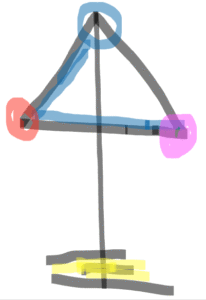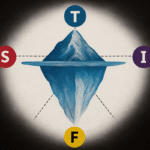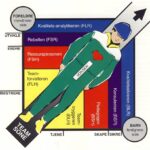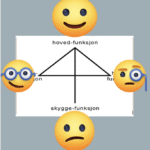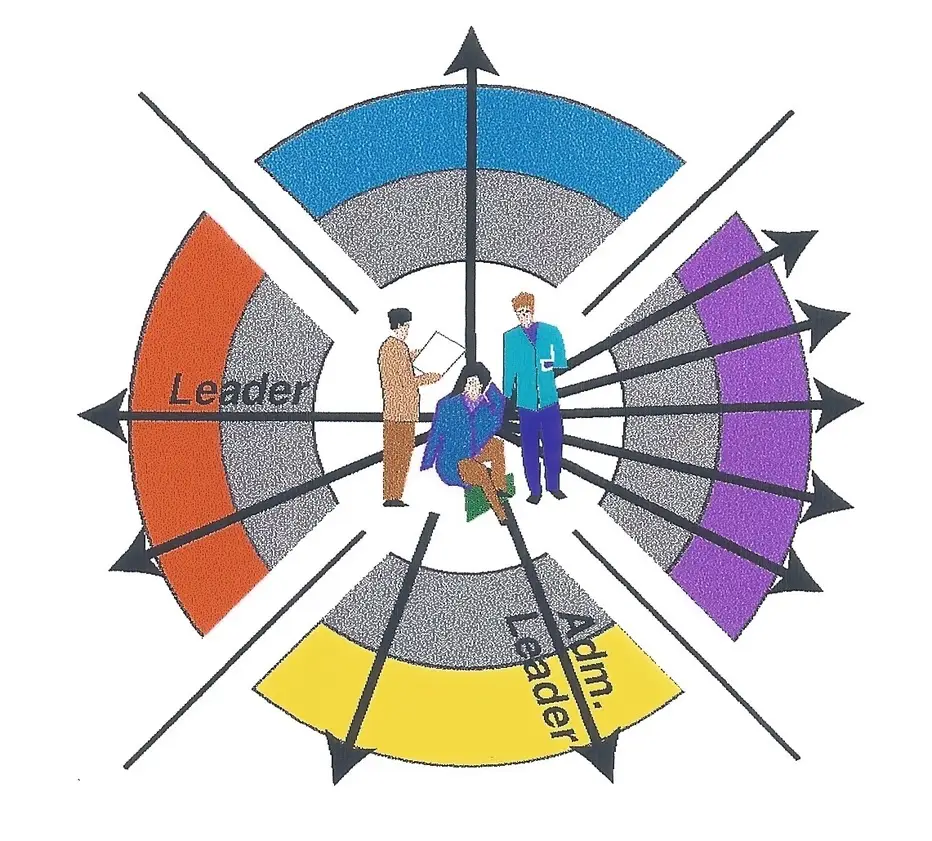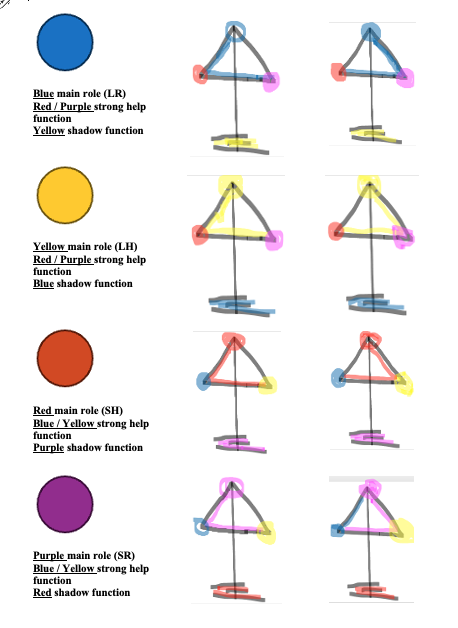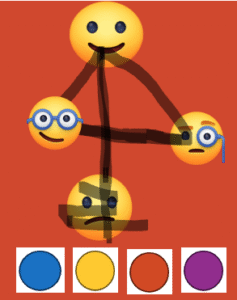The Rook
ROCK
is a rational
blue Warrior-
ROCK
DECISION COLOR: Blue
AXIS / Thinking - TF
FUNCTIONAL: Warrior
DECISION: Risk Securing
KNIGHT
is an innovative purple Warrior.
KNIGHT
DECISION COLOR: Purple
AXIS / Intuition - SI
FUNCTIONAL: Warrior
DECISION: Risk Willing
BISHOP
is a wise red Helper
BISHOP
DECISION COLOR: Red
AXIS / Sensing - SI
FUNCTIONAL: Helper
DECISION: Risk Strong
The Pawn
PAWN
is a loyal yellow Helper
PAWN
DECISION COLOR: Yellow
AXIS / Feeling - TF
FUNCTIONAL: Helper
DECISION: Risk Consensus

